How to Know When It’s Time to Replace Your Roof
By Scott & Karen Dillman | July 23, 2025
Highlights:
- Damaged shingles (cracked, curled, or missing) are a clear sign of roof aging or storm damage.
- Interior leaks or water stains often point to roof breaches needing immediate attention.
- Roofs older than 20 years may require replacement even if they appear intact.
- Sagging rooflines can signal serious structural damage from water or rot.
- Moss, algae, or dark streaks may indicate trapped moisture and weakened shingles.
- Granules in gutters show shingle deterioration and loss of UV protection.
- Daylight in the attic suggests holes or cracks in the roof deck.
What Are the Signs I Need a New Roof?
Your roof is one of the most important components of your home. It protects you from the elements, helps with energy efficiency, and preserves your property’s structural integrity. But how do you know when it's time for a replacement rather than a simple repair? Recognizing the warning signs early can save you from costly damage down the line. Below, we’ll walk through the most common signs you need a new roof and what to do next.
Shingles Are Cracked, Curled, or Missing
If your shingles are curling at the edges, cracking down the center, or falling off entirely, your roof is aging fast. These issues often indicate that the asphalt layer has dried out or that repeated weather exposure has weakened the structure. Wind and hail can also loosen shingles, making your home vulnerable to water intrusion. When a large percentage of shingles are damaged or missing, it’s often more economical to replace the roof than to patch it repeatedly. Dillman Brothers emphasizes that even small shingle problems can lead to larger issues like mold and rot if left untreated.
Fun Fact: Did you know asphalt shingles can be recycled into road pavement? Instead of heading to a landfill, old roofing materials can help build new highways and save energy in the process.
You Notice Interior Water Stains or Leaks
One of the most obvious signs your roof is failing is water intrusion. If you see water stains on your ceiling, bubbling paint on the walls, or visible drips after a storm, it's likely your roof has been compromised. Leaks can be caused by broken flashing, aged underlayment, or gaps in roof valleys. According to the
National Roofing Contractors Association (NRCA), water damage inside the home often means the exterior has already been breached. Dillman Brothers notes that small leaks can spread quickly and silently, leading to major repair bills if ignored.
The Roof Is Over 20 Years Old
Age is a major factor in roof performance. Most asphalt shingle roofs last between 20 to 25 years under normal conditions. Even if your roof looks intact, age alone can reduce its effectiveness. Materials naturally deteriorate over time, especially in regions with temperature extremes or heavy storms. If your roof is approaching or exceeding its expected lifespan, it’s wise to have it professionally inspected. According to Dillman Brothers, signs of aging may not be visible from the ground—only an expert eye can identify subtle issues like blistering or weak seals around roof penetrations.
Sagging or Uneven Roof Lines
A sagging roof is a red flag that points to underlying structural issues. This problem often arises from prolonged water exposure, excessive snow load, or rotting support beams. Visually, you might notice a dip in the roofline or feel an uneven slope when standing inside the attic. This isn't just a cosmetic problem—it can mean your roof is on the brink of collapse. According to
Bob Vila, sagging indicates that the decking or rafters beneath the shingles may be weakened. Dillman Brothers strongly advises immediate inspection if you notice sagging, as delaying repairs can lead to dangerous conditions and skyrocketing costs.
Fun Fact: The oldest known roof still in use is on the Pantheon in Rome—built nearly 2,000 years ago! While your roof won’t last quite that long, regular maintenance can still help extend its life by decades.
You See Moss, Algae, or Dark Streaks
Moss and algae may look like minor cosmetic issues, but they signal potential trouble. Moss can retain moisture against the roof’s surface, leading to rot and decay over time. Algae and dark streaks, especially in humid climates, indicate trapped moisture or a breakdown of protective granules on shingles. These organisms degrade roofing materials and can shorten the roof’s life expectancy. While cleaning is an option, severe growth may mean the underlying shingles are compromised. Dillman Brothers recommends a full assessment when biological growth becomes widespread to ensure there’s no hidden moisture damage beneath the surface.
Granules in Gutters or Around the Property
If you’re seeing sand-like granules in your gutters or around the base of your downspouts, your shingles are likely deteriorating. These granules are a critical component of asphalt shingles, providing UV protection and durability. Once they start falling off, the shingles become vulnerable to sun exposure, cracking, and water infiltration. As
This Old House explains, granule loss is normal in small amounts, but excessive loss is a strong sign the roof is nearing the end of its useful life. Dillman Brothers notes that heavy granule shedding is especially common after storms or in older roofs that have experienced years of sun exposure.
Daylight Is Visible Through the Attic
If you can see daylight through the attic boards, your roof’s integrity is severely compromised. Light getting through often means there are gaps, cracks, or missing components in the roof deck. These openings can allow moisture, pests, and air to enter your home. In the winter, this leads to higher heating bills, while in the summer, your home loses cool air. Dillman Brothers emphasizes checking the attic at least twice a year—spring and fall—to spot potential leaks or sunlight before they evolve into bigger issues. Residential roofers may use infrared cameras during inspections to detect heat loss and moisture buildup as well.
How do I know if my roof needs repairs or a full replacement?
If your roof has widespread issues—such as missing shingles, sagging areas, visible leaks, or it's over 20 years old—a full replacement is likely more cost-effective than repeated patch jobs. A professional inspection can help you decide.
Are dark streaks or moss on my roof a serious problem?
Yes. Moss, algae, and dark streaks indicate moisture buildup, which can weaken shingles over time. While some growth can be cleaned, extensive coverage may suggest underlying damage and the need for a full roof assessment.
What does it mean if I see daylight in my attic?
Daylight in the attic means there are cracks or holes in your roof deck, compromising your home's insulation and protection. It’s a clear sign that your roof may need immediate repair or replacement.
Flashing and Seals Are Failing
Flashing is the metal sheeting used around chimneys, skylights, and vents to keep water out. If it’s cracked, rusting, or peeling away, your roof becomes susceptible to leaks. The same goes for sealants used around joints and corners. Over time, temperature fluctuations can cause materials to expand and contract, leading to wear. According to Dillman Brothers, faulty flashing is a leading cause of roof leaks, especially around complex roof features. Replacing or resealing flashing can extend a roof’s life temporarily, but widespread issues may point to the need for a full replacement.
Recommend an Experienced Residential Roofing Contractor With Good Reviews
Choosing the right contractor can make or break your roofing project. A
reputable residential roofing company should have strong reviews, valid licensing, insurance, and experience with your type of roofing material. Look for contractors that provide detailed estimates, warranties, and documented past work. Dillman Brothers, for example, has earned a strong reputation for quality craftsmanship, transparent pricing, and timely service. Homeowners consistently praise their attention to detail and responsiveness throughout the entire roofing process. Hiring a trusted contractor ensures your investment is protected and your new roof is built to last for decades.
Knowing the signs that indicate you need a new roof can prevent major headaches and expensive repairs. Keep an eye out for aging shingles, sagging lines, visible leaks, and granule loss—these are not just cosmetic concerns but red flags for deeper issues. Proactively scheduling inspections and working with a reliable contractor like Dillman Brothers will give you peace of mind and ensure your home remains safe and dry. Roof replacement may be a major investment, but it’s also a critical part of maintaining your home’s long-term value and livability.
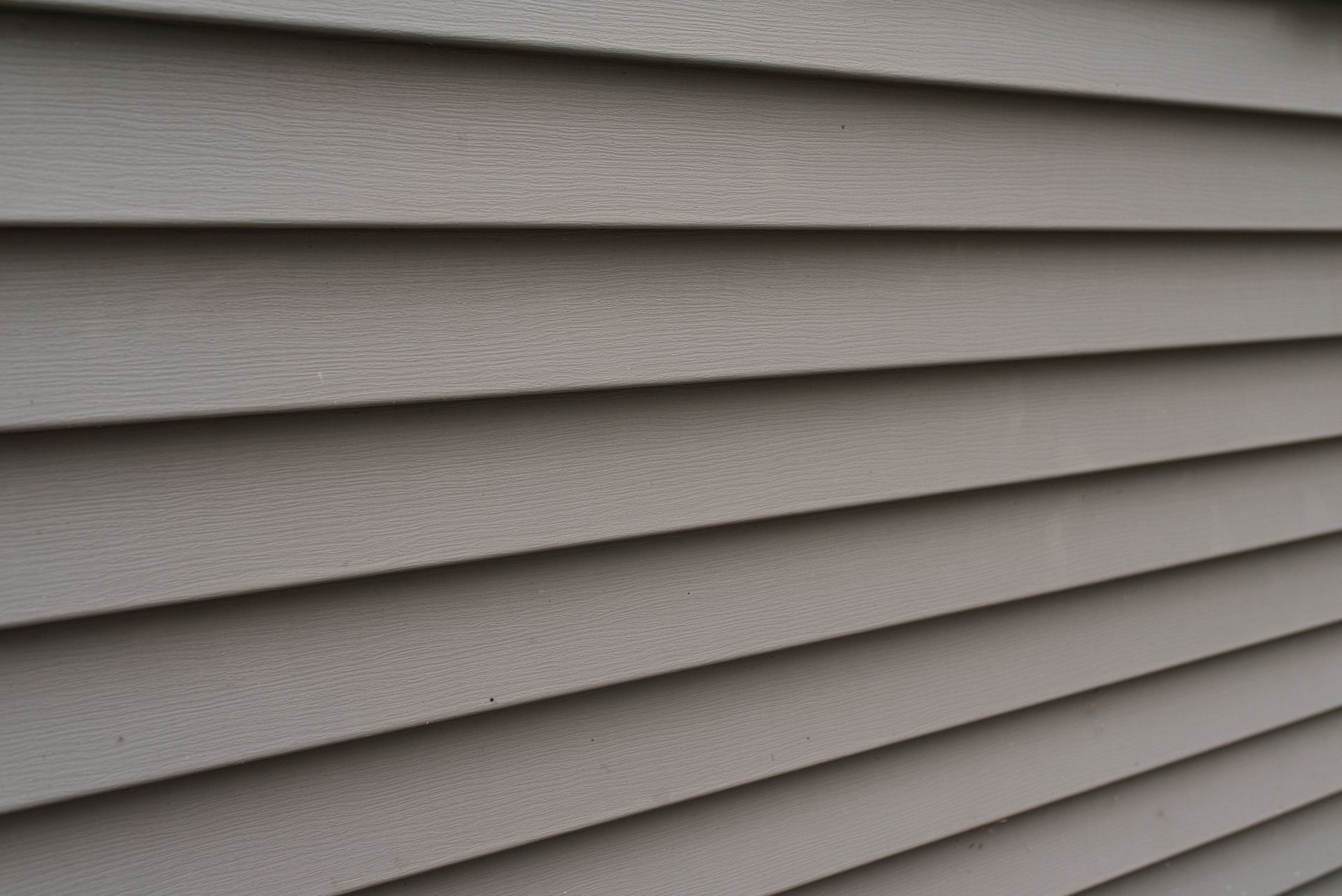


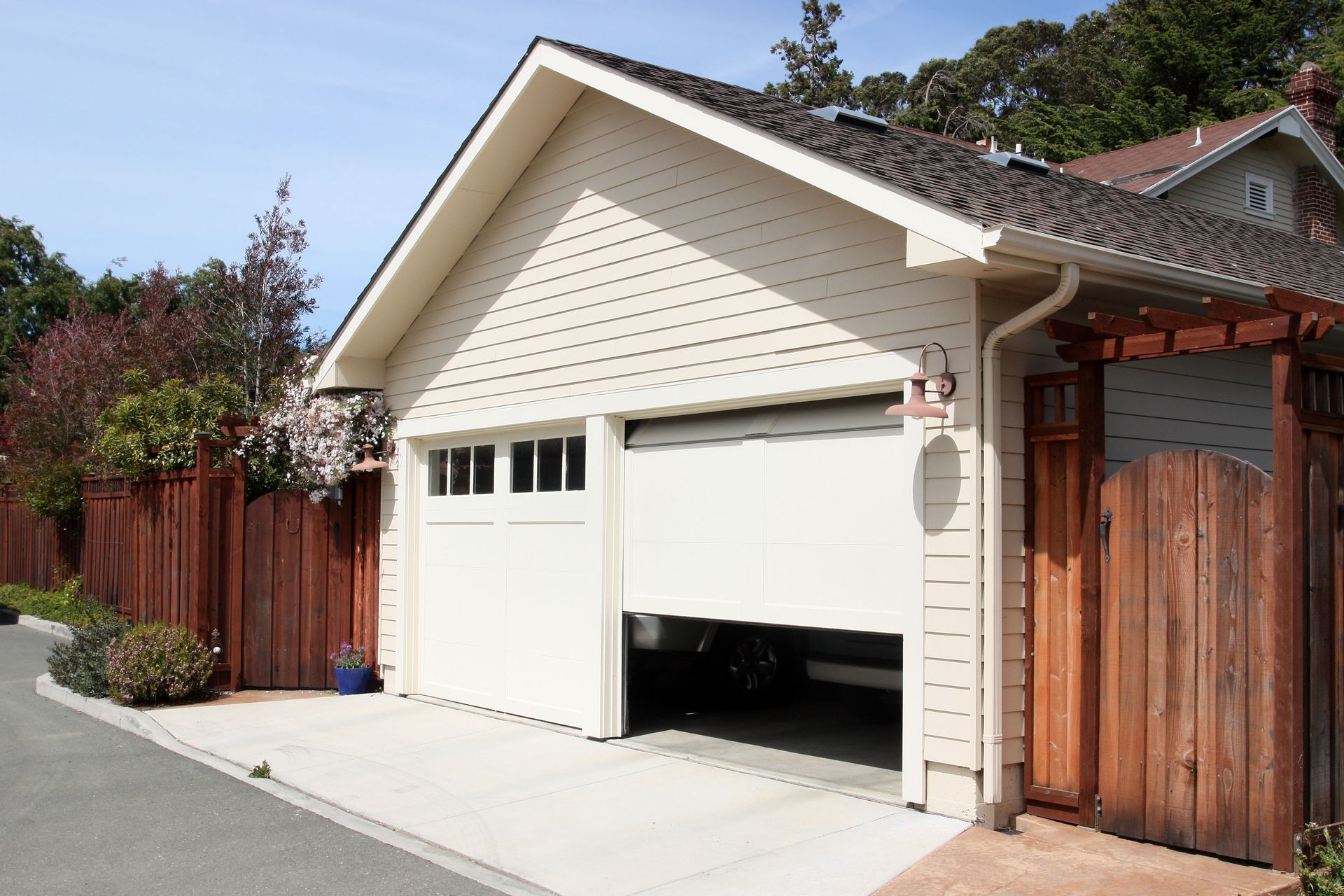
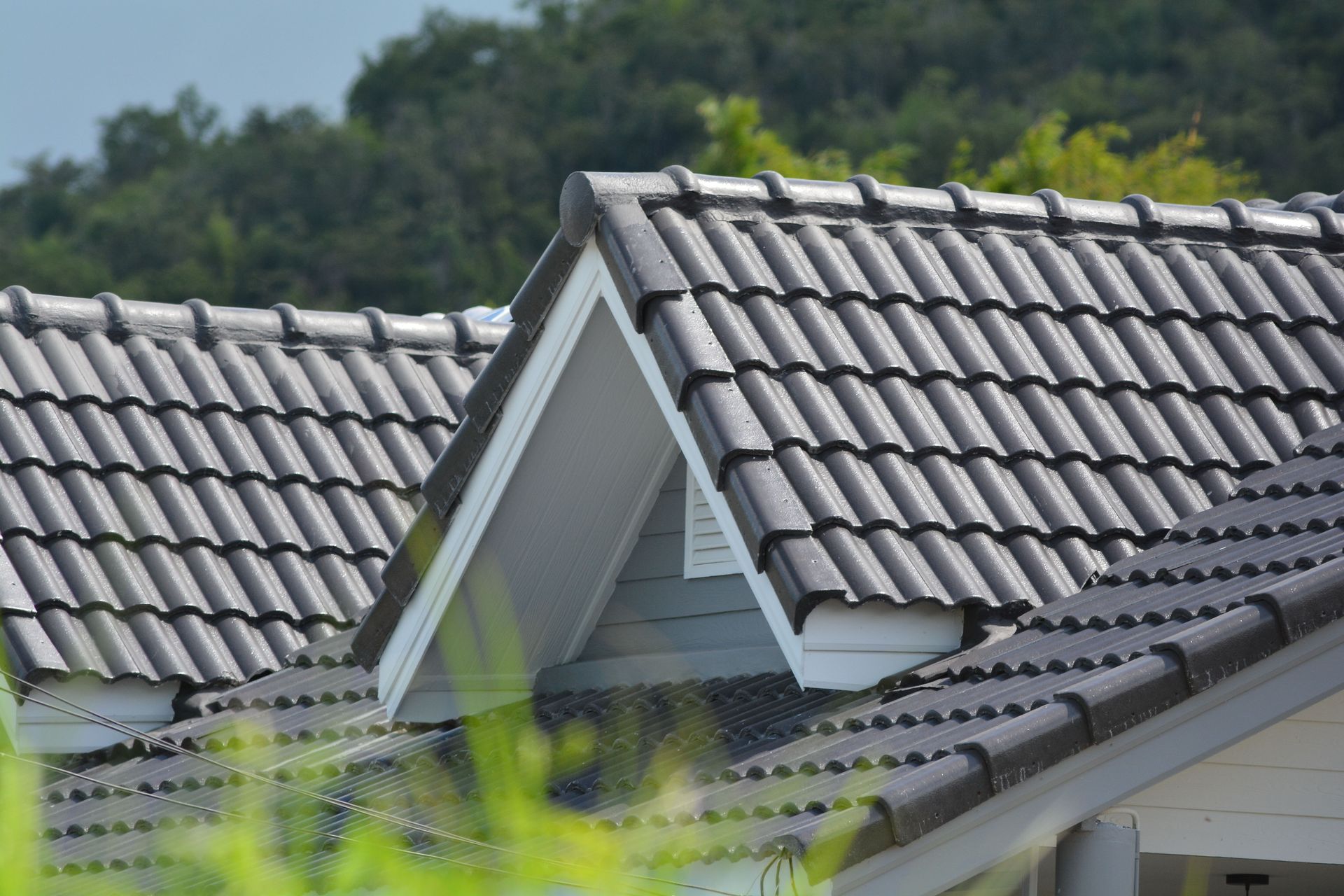
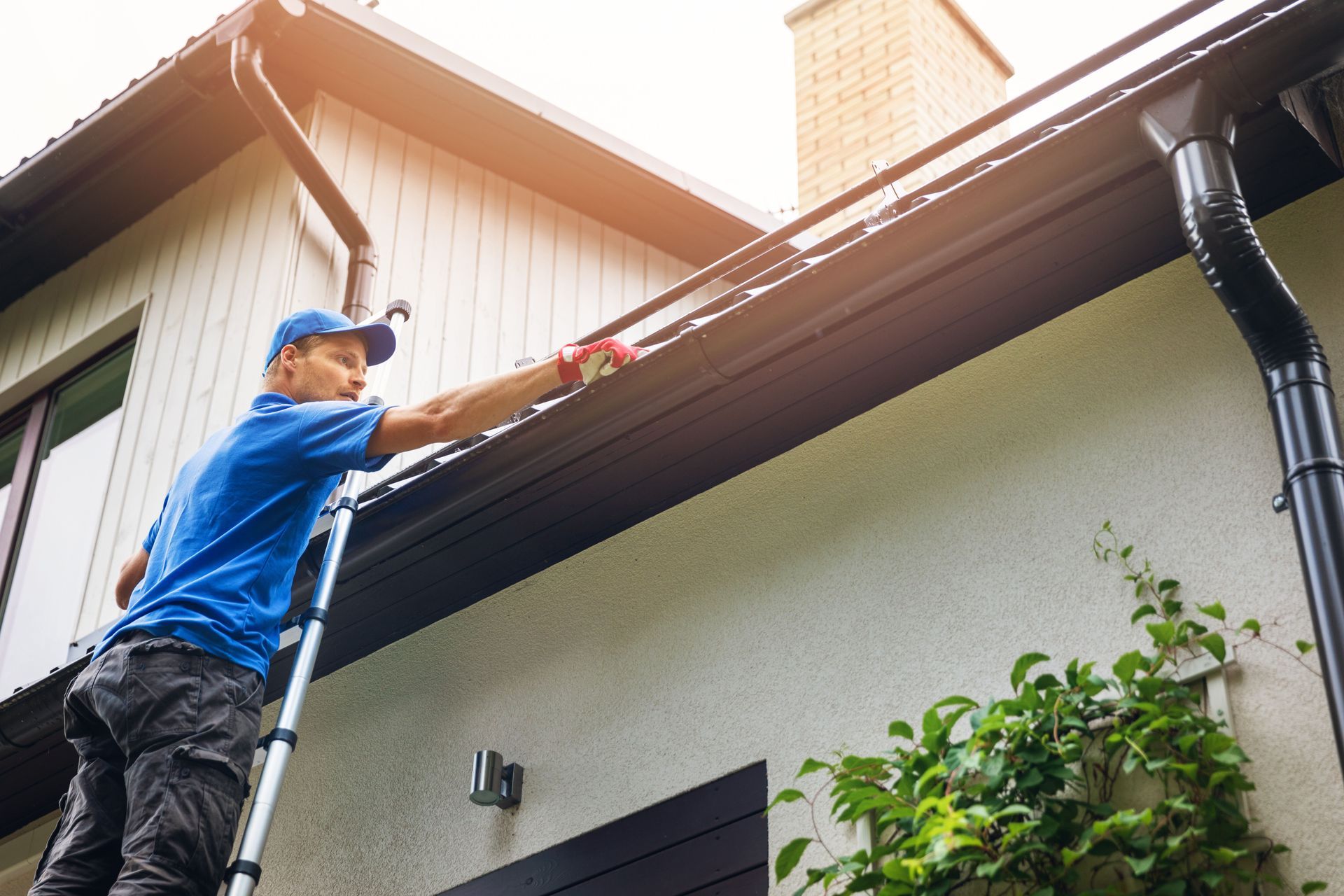
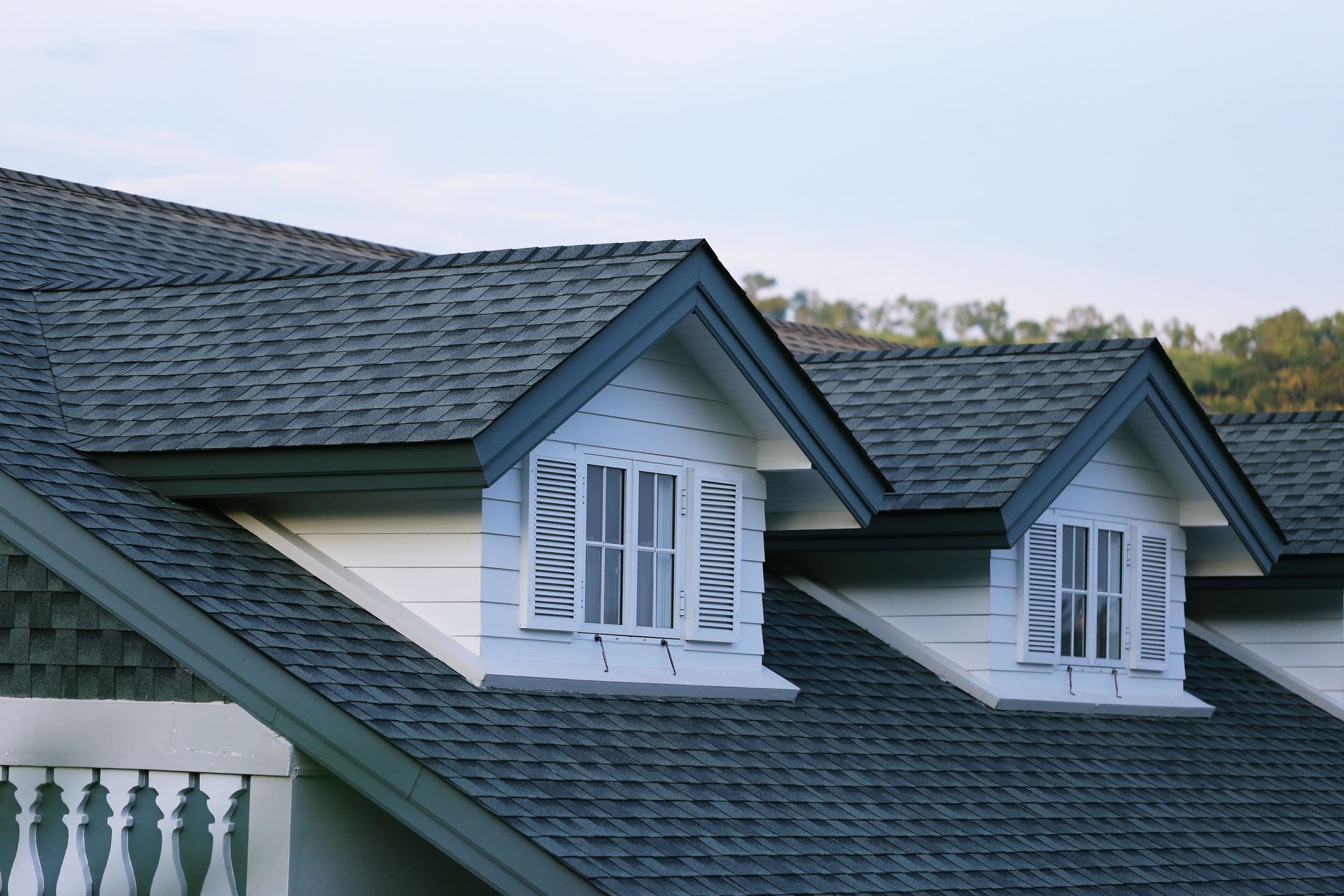
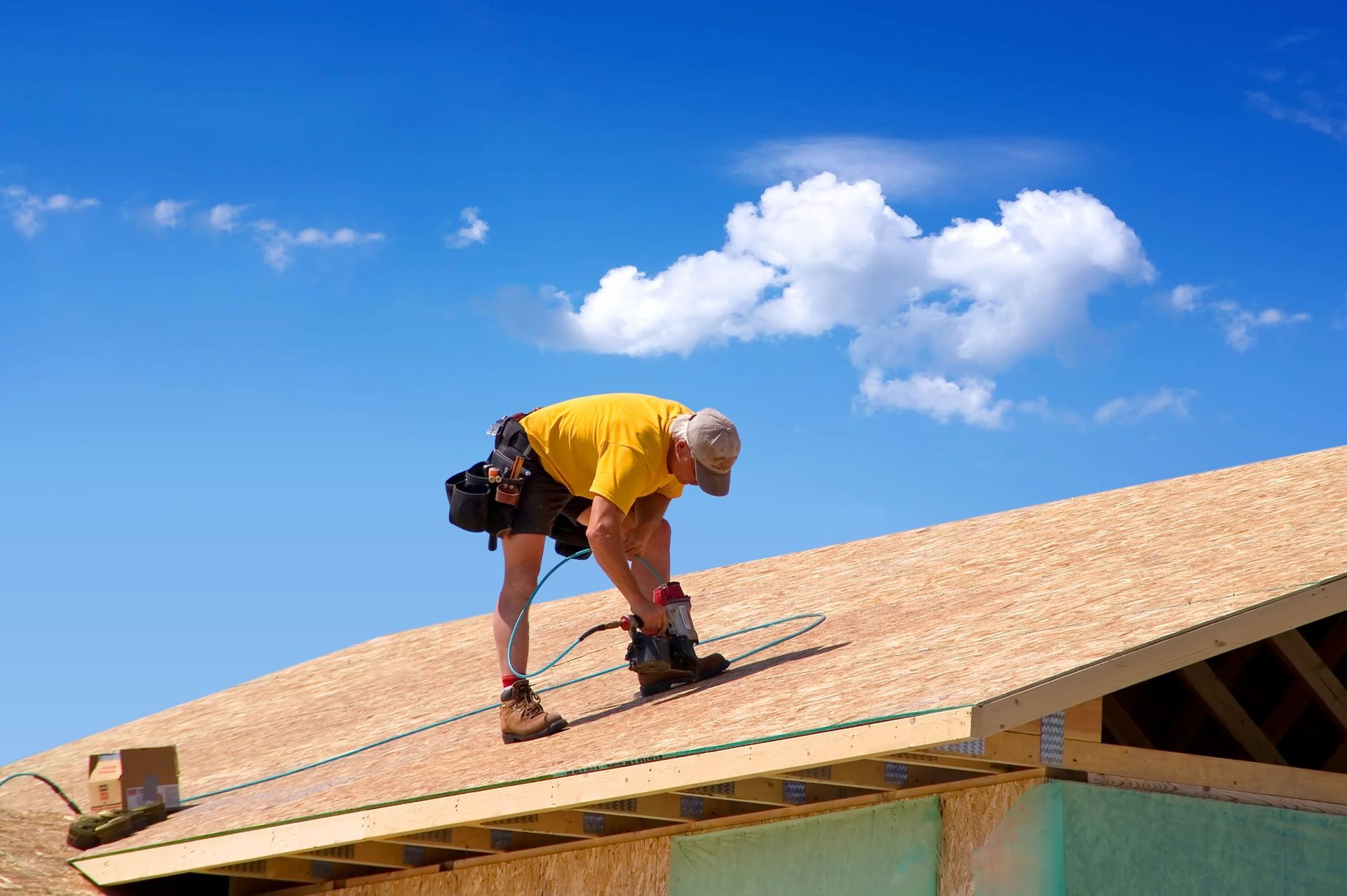
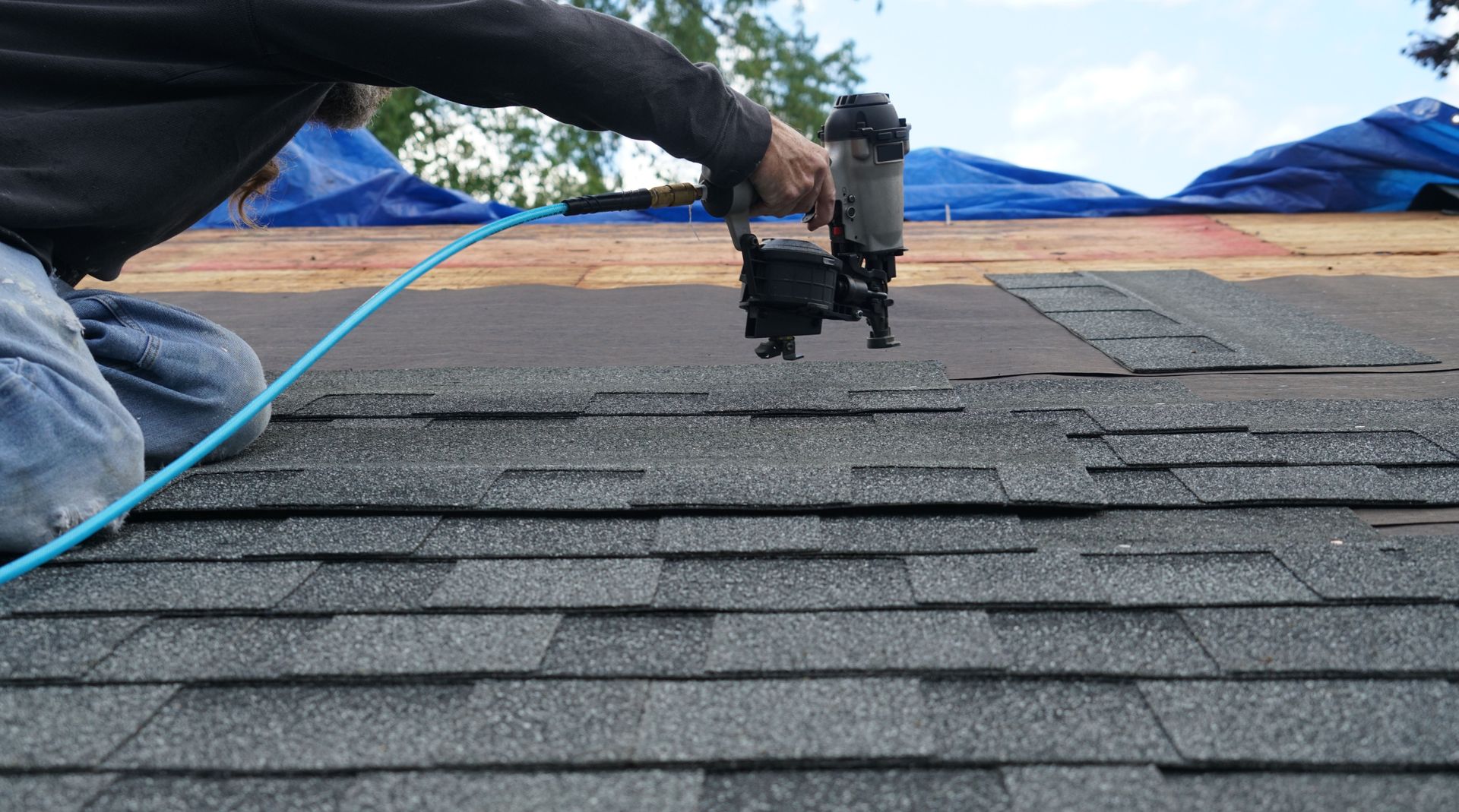


Share On: